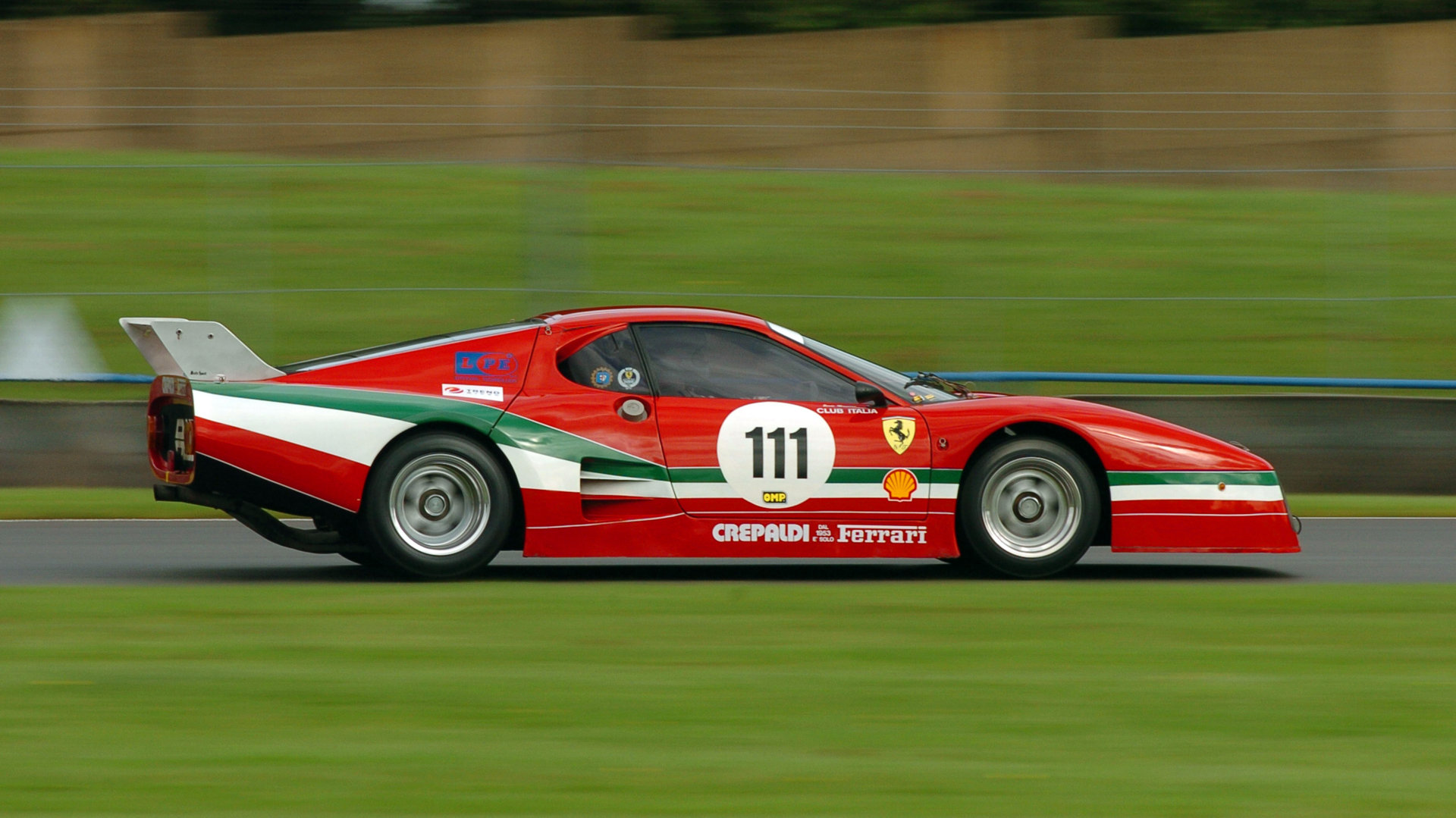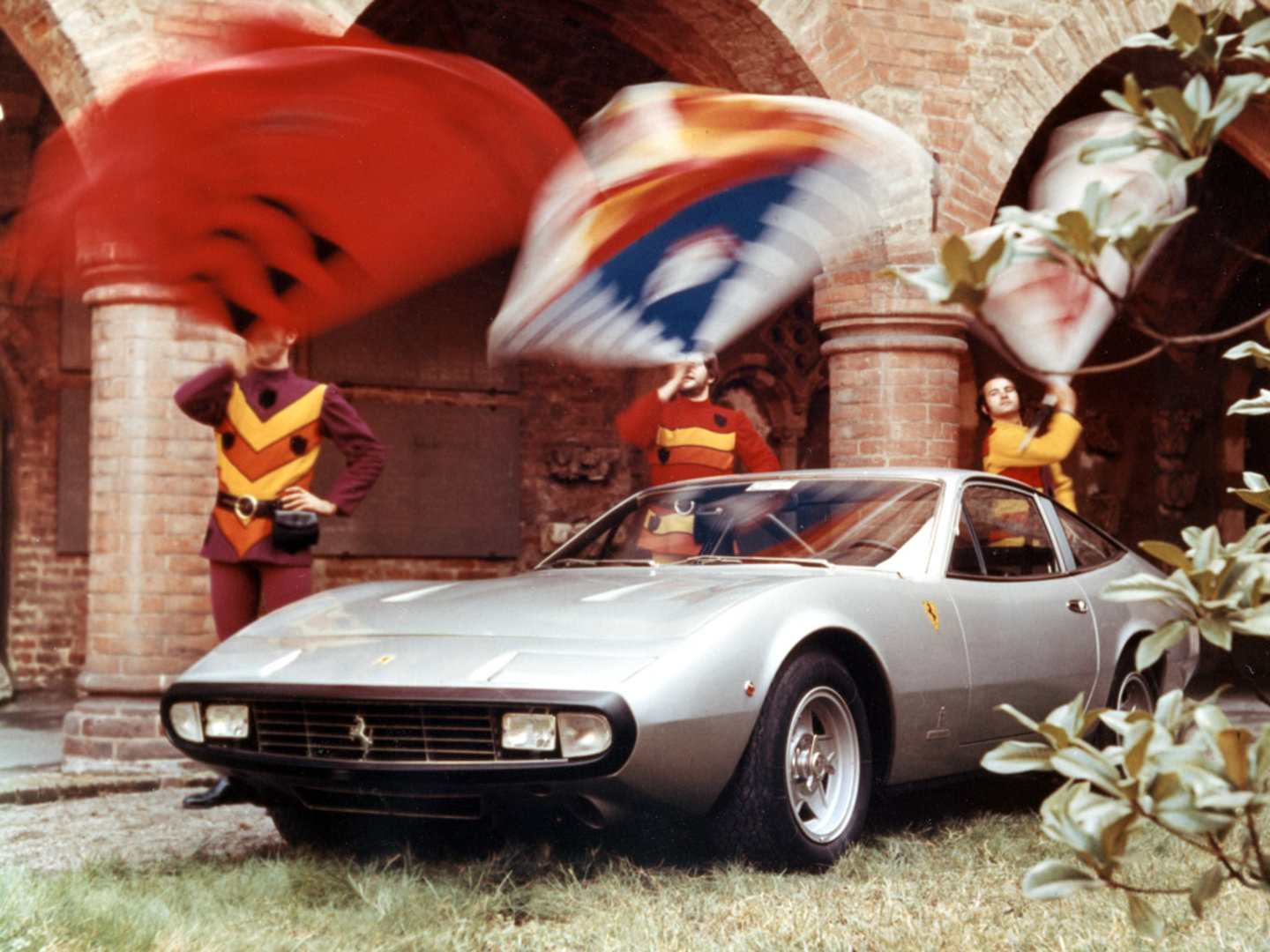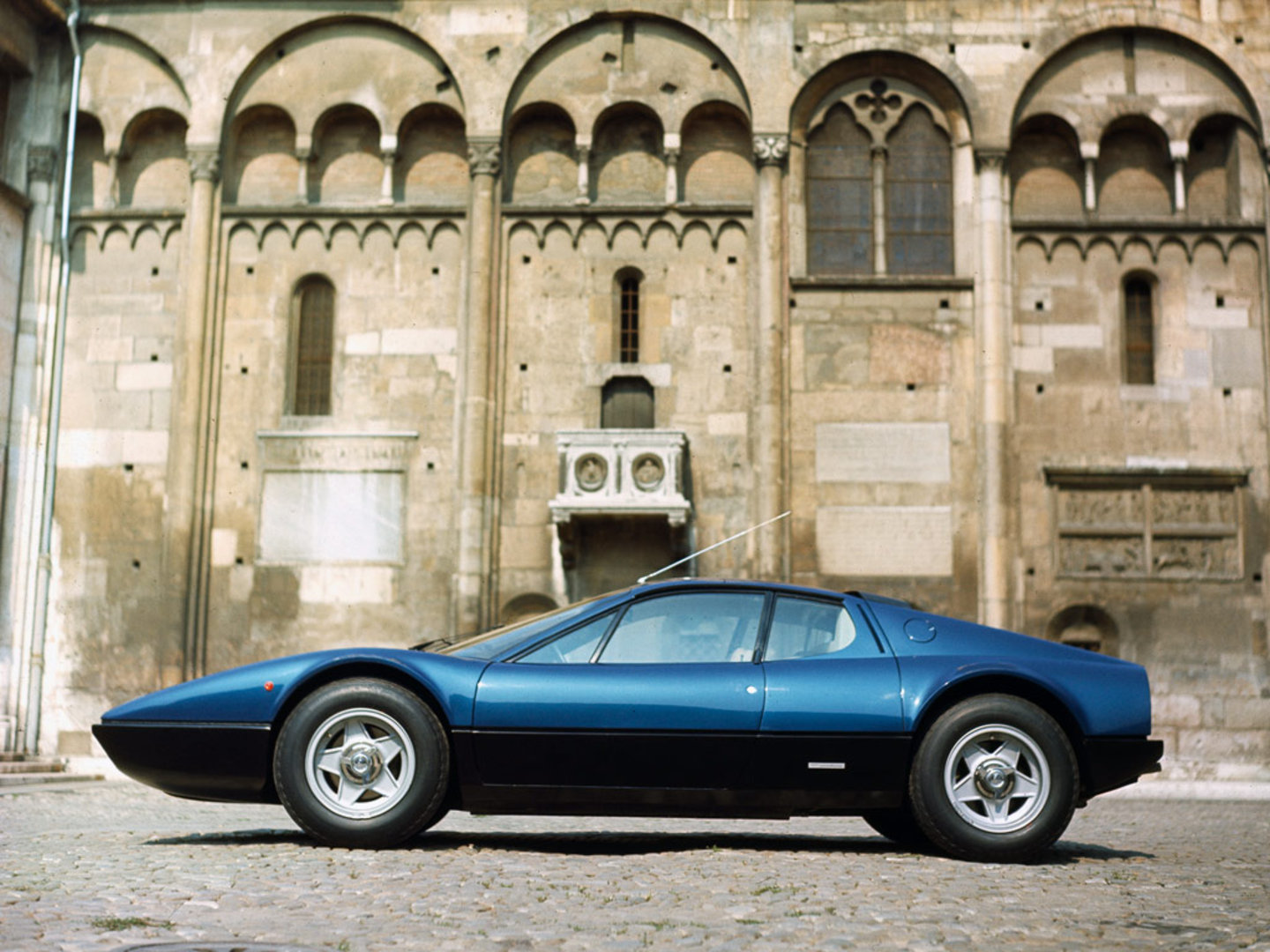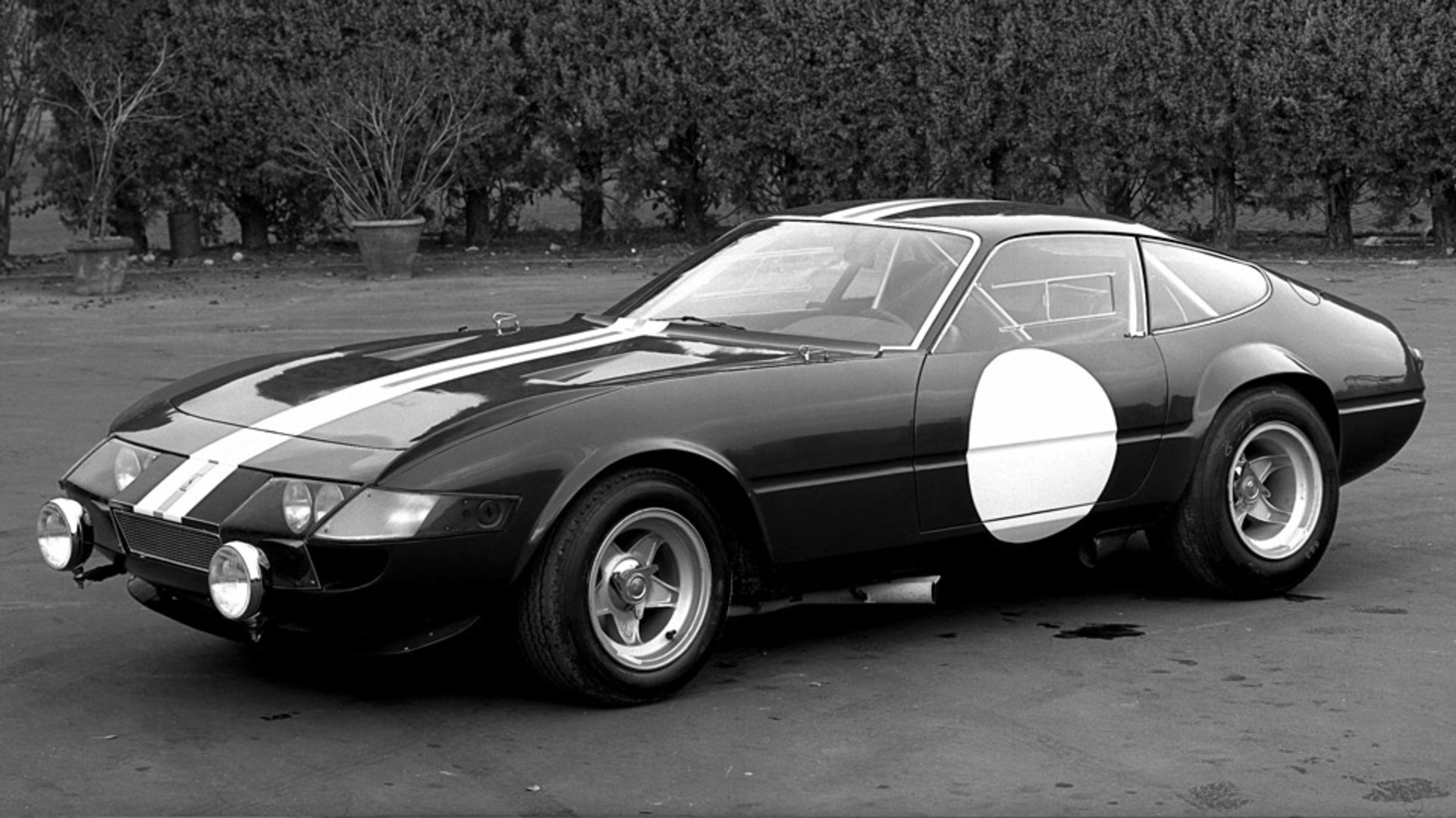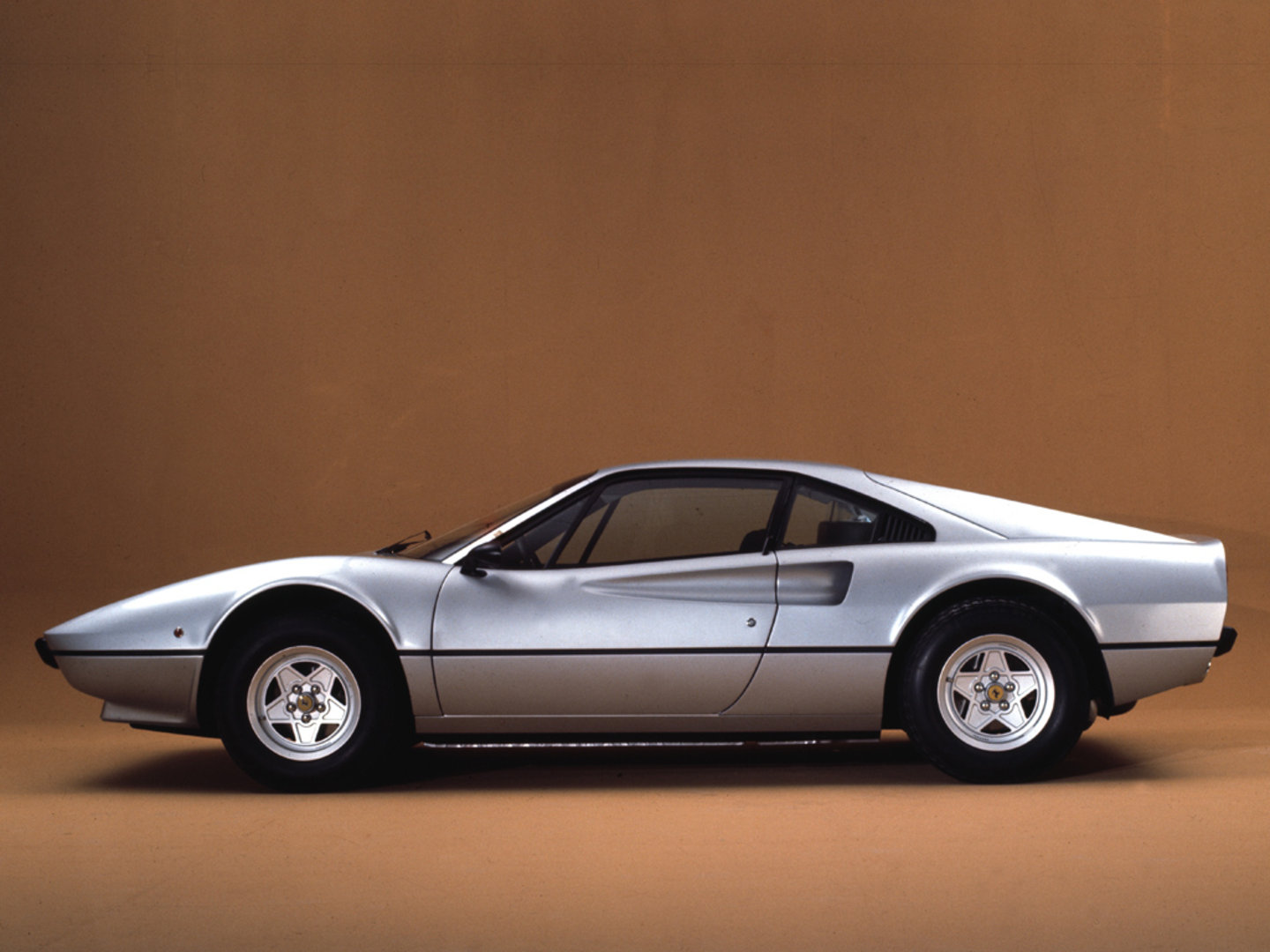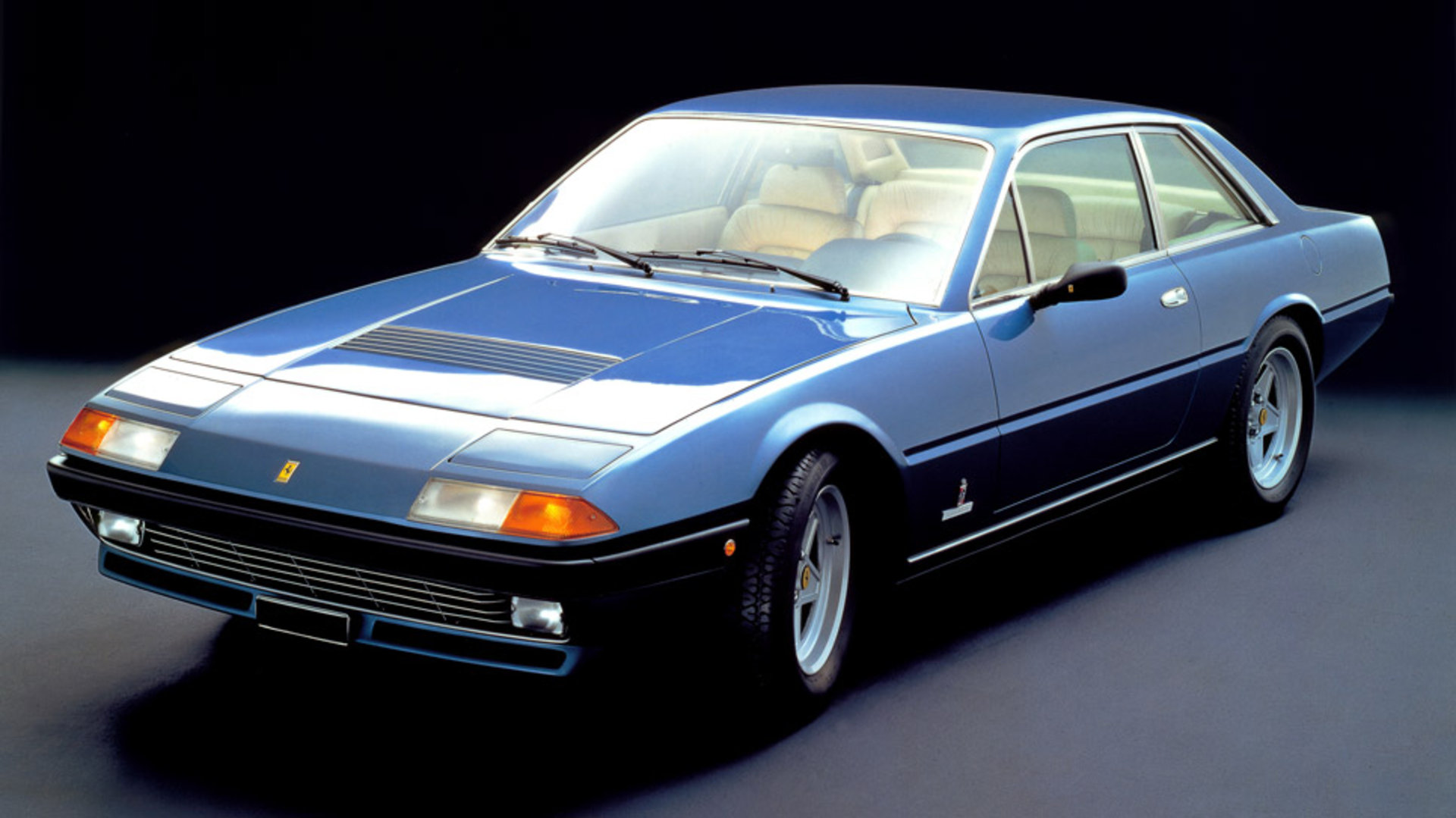Today, Carrrs.com presents Ferrari cars of the 70s – dominance, defeats and fare-well
The 312PB dominated the World Sportscar Championship in 1972 against a rival Alfa Romeo, as the Porsche factory did not compete after the rule changes, and Matra focused on Le Mans only. In their home race, the French won, as Ferrari did not enter in 1972 due insufficient reliability over 24 hours, in order not to blemish their otherwise perfect record in that season.
In 1973, though, the Matra team also challenged for the championship which Ferrari eventually lost with two wins, compared to Matra’s five, while Alfa Romeo had not entered that year. In addition, Ferrari was now forced to race also at Le Mans, despite concerns that even the modified engine would not last. Yet, one car survived and scored an unexpected and honourable 2nd place.
Ferrari then retired from Sports car racing to focus on the railing F1 effort.
Ferrari enjoyed a successful spell in Formula 1 in the 1970s, with Niki Lauda winning the World Championship in 1975 and 1977, and Jody Scheckter in 1979.
Ferrari 512 S (1970)
Put together in just three months by a team headed by Mauro Forghieri, the 512 S mounted an all-alloy V12 of almost five litres with four valves per cylinder. The tubular spaceframe was developed from the P4 and the 612, while the bodywork was designed by Giacomo Caliri and made from polycarbonate for light weight.
Built both as a berlinetta and a spider, the 512 S took part in the Manufacturers’ World Championship in 1970 and 1971, winning at Sebring and Kyalami.
Ferrari 512 M (1970)
The 512 M (the M stands for modified) is a direct descendant of the 512 S. As a result of race experience, Ferrari’s engineers brought in more powerful rear disc brakes and new suspension. The lighter, more powerful engine was also given new, higher efficiency cylinder heads while retaining the 512 S’s four valve per cylinder architecture.
The bodywork was redesigned to make it lower and more aerodynamic. After its 1970 debut on the Zeltweg circuit, the 512 M took part in the Manufacturers’ World Championship in 1971.
Ferrari 365 GTC4 (1971)
The 365 GTC4 took up where the 365 GT 2+2 left off and, thanks to careful interior design, Ferrari succeeded in slotting in two small rear seats, while retaining the more compact dimensions of two-seater coupé bodywork.
Ferrari 365 GT4 BB (1971)
There were two important novelties on this car: the new 12-cylinder boxer derived from the Formula 1 car, and the mid-engined layout that marked the end of Ferrari’s traditional front-engined solution for its top performance models.
At its introduction, the 365 GT4 BB also offered additional creature comforts in the form of standard air conditioning, a radio and electric windows. The combination of the car’s high performance and Pininfarina’s aggressive styling meant that sales remained relatively buoyant despite the recession caused by the oil crisis, and in three years almost 400 were produced.
Ferrari 312 P (1971)
The new 1971 version of the sports prototype came with a flat-12 engine, often referred to as a boxer engine. Many publications added the letter B after the P of its name to indicate its engine type, but this variation was never officially sanctioned by Ferrari which simply called it the 1971 312 P. In addition to a new engine, the chassis also differed in certain respects as aluminium panels were riveted to the small-diameter tubular spaceframe a further step towards the monocoque.
Ferrari 712 CAN AM (1971)
The need for very high torque to cope with the torturous tracks of the Can Am series saw Ferrari build its biggest ever engine at around seven litres. This model was a one-off, developed from a modified 512 M which was fitted with the new engine at the factory. The car won on its debut at the Imola Interserie race on May 2 1971 with Merzario at the wheel. Andretti later came home fourth, in the American series at Watkins Glen.
Ferrari 365 GTB4 Competizione (1971)
This model, also known as the Daytona in recognition of the P4’s victory, enjoyed a successful career both commercially and in competition guise. In fact, 18 berlinetta versions were race-prepared and used by the Chinetti-NART, Pozzi, Filipinetti, Swaters, and Hoare teams. In some cases, aluminium coachwork was used, whilst in others steel was retained, albeit lightened where possible by Carrozzeria Scaglietti. The engines were also tuned and the suspension adapted to suit track use.
Ferrari Dino 246 GTS (1972)
With the sales of the Dino 246 GT stable, Ferrari looked to increase its popularity still further by introducing an open version. The 246 GTS made its debut at the 1972 Geneva Motor Show and reactions were immediately very positive. The styling retained the individual, attractive lines of the 264 GT, with the added advantage of a practical targa top for open-air driving.
At about the time that the Dino 206 GT gave way to its successor the 246 GT during 1969, Enzo Ferrari was reaching an agreement with Gianni Agnelli of Fiat to take over the production car side of the Ferrari business. At this time Enzo Ferrari was already over 70 years of age, and apart from securing the long-term future of the production car business, it freed him from the day to day responsibilities of it, and gave him more time to devote to his first love, the racing department.
Ferrari 308 GTB (1975)
The 308 GTB made its debut at the Paris and London shows in 1975. Built to a Pininfarina design by Scaglietti, it retained the 308 GT4′s V8, albeit with dry sump lubrication. The latter made for lower engine mounting and better cooling thanks to the fact that more oil was present. The first models boasted fibreglass coachwork.
The long awaited replacement for the Dino 246 GT model made its inaugural appearance at the 1975 Paris Salon. The Pininfarina designed body had a pronounced wedge profile, with a rectangular egg-crate aluminium radiator grille below a slim full width satin black front bumper. However, there were numerous key design elements of the Dino 246 GT carried through into the body details. These included the scalloped door intakes, twin circular rear light assemblies, and the vertical concave rear screen bounded by buttressed sail panels. In essence the shape was a modernisation of that of the Dino, with enough traces of its predecessor to provide a thread of continuity, earning praise from the press and clients alike.
Ferrari 308 GTS (1977)
The pleasure of open top driving has a very special place in the heart of many Ferrari fans. The 308 GTS was developed in collaboration with Pininfarina in 1977 to help make that dream come true. When not in use, its Targa hard-top could be stored neatly away behind the seats. The chassis was specially reinforced to compensate for the lack of a full roof. Performance was similar to that of the 308 GTB.
The 308 GTS joined the Ferrari model range at the 1977 Frankfurt Salon. Visually it was very similar to its 308 GTB berlinetta stable mate, apart from the black finished solid removable glass-fibre roof panel, and the satin black finished hinged opening louvre panels over the rear quarter windows. They were hinged to permit cleaning of the rear quarter glass, and the one on the left side also gave access to the fuel filler cap, and both were lockable. The “S” in the model title stood for “Spider”, although as with the Dino 246 GTS, the spider title was a degree of artistic license, as it was in fact a targa top, with a roof panel that could be stowed behind the seats for open air motoring. As on the 308 GTB, a luggage compartment was provided in the tail of the car behind the engine bay, accessed by lifting the entire engine bay cover, which revealed a zip top luggage compartment at the rear. As with the 308 GTB berlinetta an optional deep front spoiler was available, as was the sports exhaust system, and high compression piston plus high lift camshaft package. A further option was 16″ wheels fitted with Pirelli P7 low profile tyres.
Ferrari 512 BB LM (1978)
The 512 BB was also considered to have racing potential and some dealers prepared a number of examples according to factory instructions. The modifications involved the bodywork where high speed aerodynamics were improved thanks to Pininfarina wind tunnel testing. The elastic bushings in the suspension were replaced by uniball joints and, naturally enough, enginewas also modified. Last but not least, the car was lightened, the brake servo was removed and the cooling system was modified to allow the engine to be used at full throttle for longer periods.
Ferrari 400 Automatic i (1979)
The 400 Automatic i succeeded the 400 Automatic in November 1979, the “i” suffix in the model name standing for “injection”, as a fuel injection system replaced the two banks of three side draught Weber carburettors. The fuel injection system used was Bosch K-Jetronic, and concurrently a single distributor mounted at the right rear of the engine, with a Dinoplex electronic ignition system, replaced the earlier twin distributor layout.
The 400 Automatic i succeeded the 400 Automatic in November 1979, the “i” suffix in the model name standing for “injection”, as a fuel injection system replaced the two banks of three side draught Weber carburettors. The fuel injection system used was Bosch K-Jetronic, and concurrently a single distributor mounted at the right rear of the engine, with a Dinoplex electronic ignition system, replaced the earlier twin distributor layout. The adoption of fuel injection was to satisfy ever more stringent worldwide emission legislation, and it dropped the claimed power output to 310bhp. The engine was a V12 unit with a bore and stroke of 81mm x 78mm giving a total capacity of 4823cc, with factory type reference number F 101 D 070, coupled to a Borg Warner 3 speed automatic gearbox. This transmitted power through a propeller shaft to a limited slip differential, and from there via half shafts to the independently suspended rear wheels with hydraulic self levelling units.
Ferrari 400 GTI (1979)
The glorious V12, complete with new Bosch K-Jetronic fuel injection to comply with US exhaust emission standards, demonstrated generous powerful and enviable torque. This was a GT on which several body-makers vented their imaginations, even producing soft-top versions. Pavesi of Milan transformed it into a cabriolet with leather and veneer trim and modified the central tunnel.
The 400 GTi succeeded the 400 GT in November 1979, the “i” suffix in the model name standing for “injection”, as a fuel injection system replaced the two banks of three side draught Weber carburettors. The fuel injection system used was Bosch K-Jetronic, and concurrently a single distributor mounted at the right rear of the engine, with a Dinoplex electronic ignition system, replaced the earlier twin distributor layout. The adoption of fuel injection was to satisfy ever more stringent worldwide emission legislation, and it dropped the claimed power output to 310bhp. The engine was a V12 unit with a bore and stroke of 81mm x 78mm giving a total capacity of 4823cc, with factory type reference number F 101 D 010, coupled to a Borg Warner 3 speed automatic gearbox. This transmitted power through a propeller shaft to a limited slip differential, and from there via half shafts to the independently suspended rear wheels with hydraulic self levelling units.
Read more: Great History of Ferrari: 1940-1950, Great History of Ferrari: 1960s


